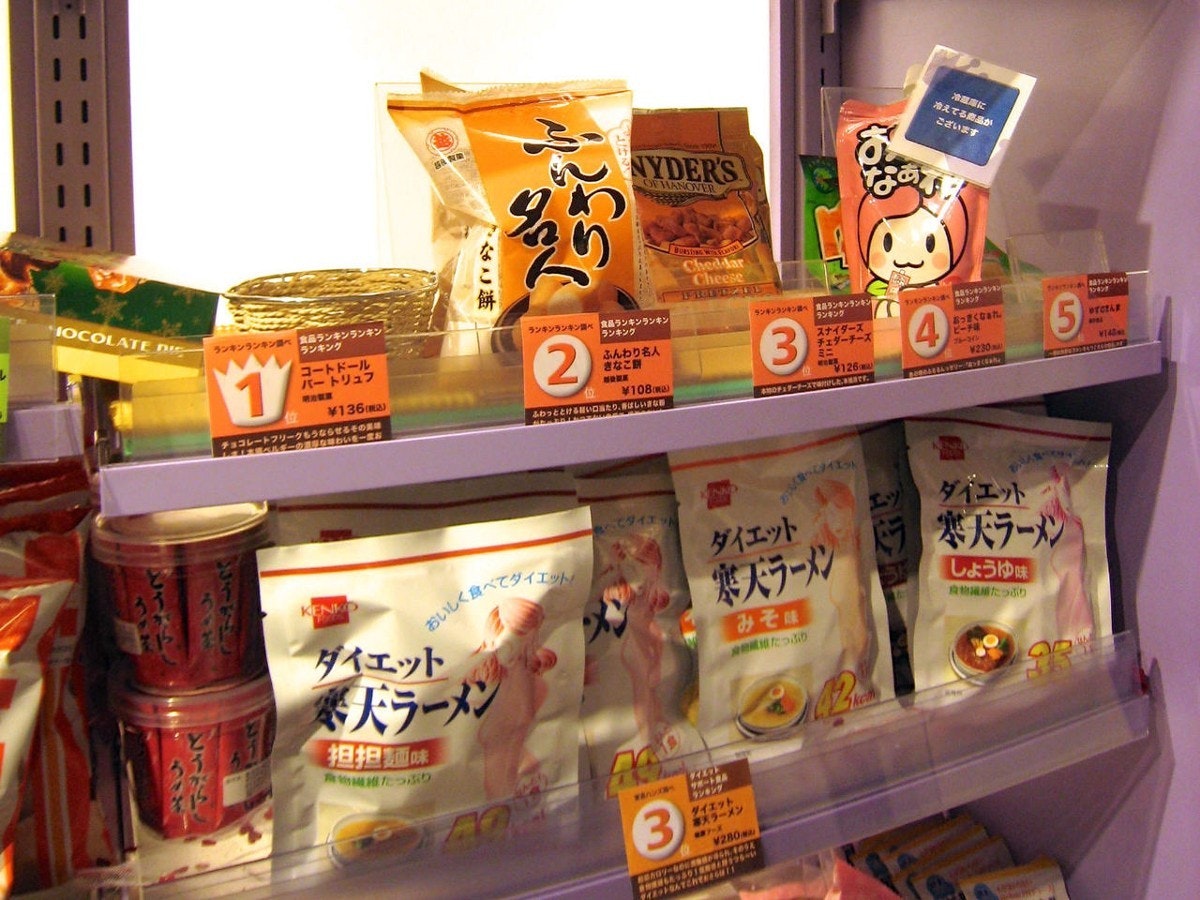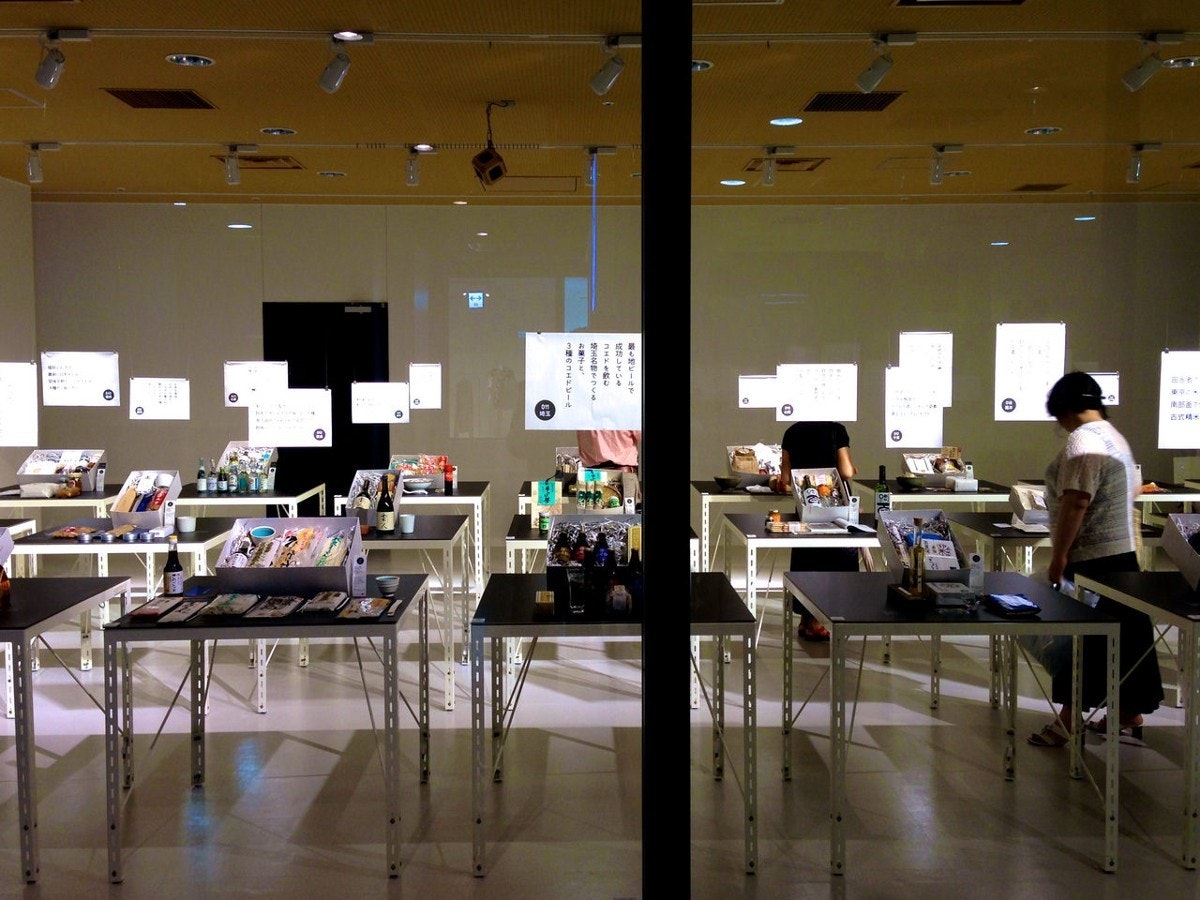Only in Japan

In 2011, I moved here to help start the IDEO Tokyo studio and immediately started collecting a list of places that push us to think of the everyday in new ways. As designers, we thrive on inspiration, and this country is overflowing with it, from carefully curated hospitality to sculpted food to the incredible assortment of subcultures. As with everything in Japan, each experience compels a look beneath the surface to truly grasp its meaning and intention.

1. Pass the Baton: where stories are currency
At secondhand store Pass the Baton, recycled goods are nestled in carefully curated rows. But what's really for purchase are stories—one for every item. Pick something up and turn the price tag around. You’ll find a photo of the previous owner, along with a short anecdote about the experience of owning the item. Even in just a few sentences, these stories give me an instant connection to the product on-hand, making it more valuable than if it were displayed as a new item in an on-trend collection.
My experience at Pass the Baton reminded me that the currency of stories can be more valuable than the currency of yen. Reading the stories, I was surrounded by not just the things for sale, but the people who once owned them: their relationships, their hopes, their memories. It was a powerful experience and a good reminder to look beyond face value in evaluating the worth of things.

2. Ichiran Ramen: where senses are heightened
Where do you find the best ramen in Tokyo? For me, there’s one standout in the best-designed ramen-experience category: Ichiran. Out of the thousands of noodle shops in Japan, this one has choreographed the perfect environment to fully savor the flavors, tastes, and textures of ramen.
Ichiran is not a social affair: Each booth is designed for one person, and it’s filled with everything needed to savor the experience solo, including an individual water dispenser, chopsticks, and cups. Diners are served when a pair of hands emerge with the perfect bowl of ramen. The curtain closes, and then it’s just you, the bowl, and full-on sensory pleasure.
Ichiran is about the ramen and the ramen only. And what a bowl of ramen it is.

3. Ranking Ranqueen: Where the crowd decides
Here's the concept: Assemble the most popular or top-selling products in each category—peach-flavored candy, facial wipes, gift envelopes—and put them all in one store. Ranking makes it easy to breeze by the brightly lit, clearly ranked items, pick up the most highly recommended toothpaste or most popular J-pop album, and be on your way. The easy-to-understand system helps make sense of the myriad categories of Japanese consumer goods.
I began to realize that in Japan, people don’t just want to suspect they’re making a good purchasing decision, they need to know. Ranking Ranqueen taps into this innate cultural behavior by validating the shopper's choice as one that everyone else is making, too.

4. D47: Where provenance is put on display
For first-time travelers to Japan, it's all about Tokyo and Kyoto—most don’t realize that the country is woven together with a collection of prefectures, each with its own signature tools, crafts, and food. As a restaurant, museum, and design travel store, the D47 concept puts the spotlight on lesser-known cities.
At the restaurant, patrons are asked to choose where their food comes from, instead of selecting items they’d like to eat. The museum offers rotating exhibits. One of my favorites asked each prefecture to put together the "perfect gift box"—allowing visitors to experience the best from each region.

5. Kurage ga kumoni naru hi: Where loyalty is earned
Every year, our IDEO Tokyo studio goes on an off-site to immerse ourselves in a new part of Japan and set our goals for the upcoming year. Kanazawa was one destination, and dinner at Kurage ga kumoni naru hi was our last meal.
The menu comprised of just five items, all handwritten on a sheet. Confused by the lack of choice, we ended up ordering multiples of everything and were incredibly satisfied with the beautiful food. Just before the bill came, our server presented a tray of 10 blank wooden tokens, which she proceeded to pass out to each of us, one by one, saying, “The next time you come here, bring this token, and you will unlock a new set of dishes on the menu.” It was as if we’d uncovered a secret new level in a video game. We were definitely coming back to unlock it.
Kanazawa is hours from Tokyo, but we can't wait to see what the next part of this culinary adventure holds in store.
This article first appeared in digital magazine Ignition: ignition.co
Words and art

Subscribe

.svg)







